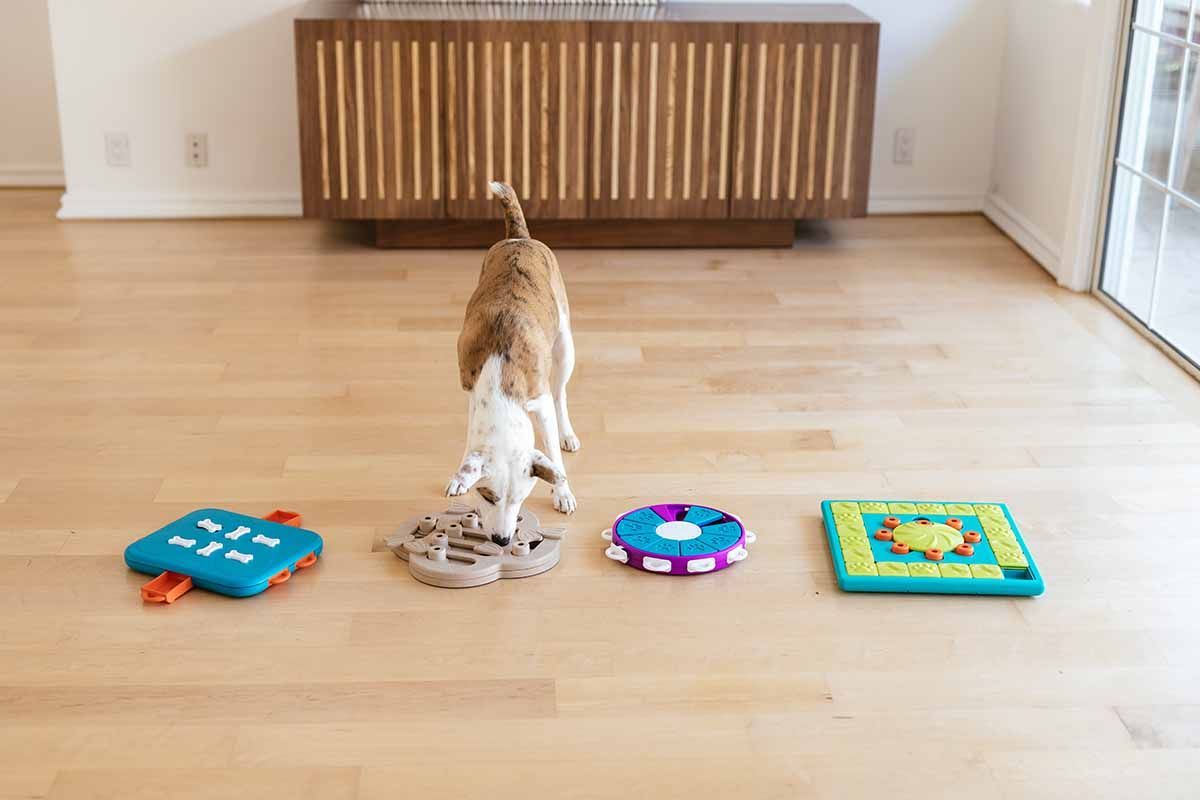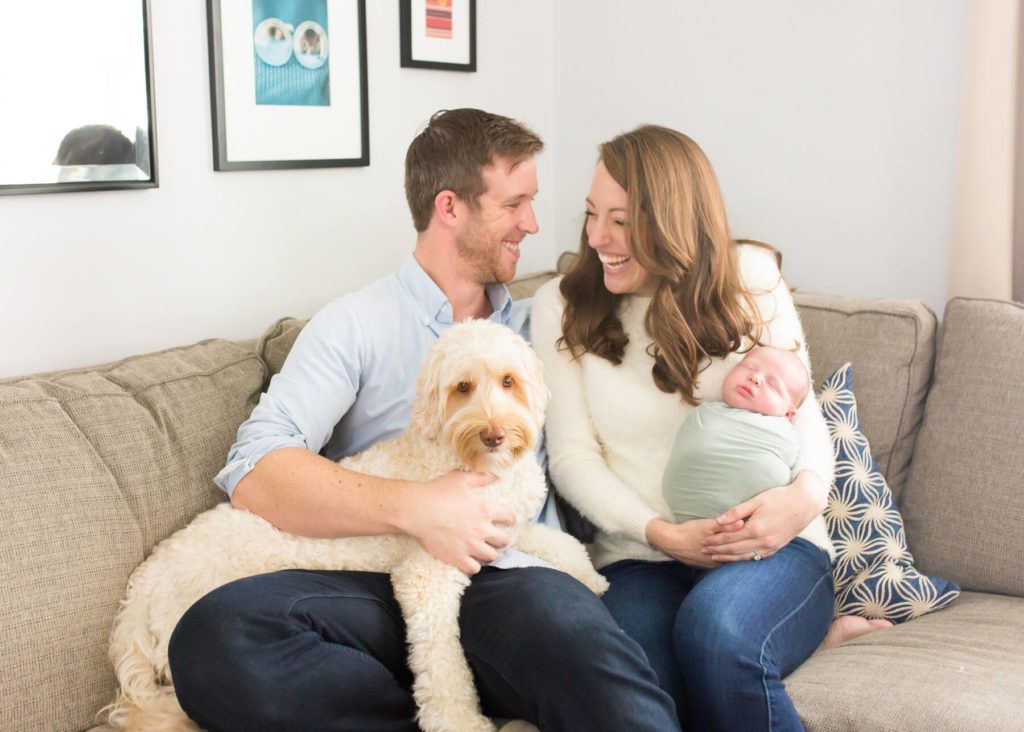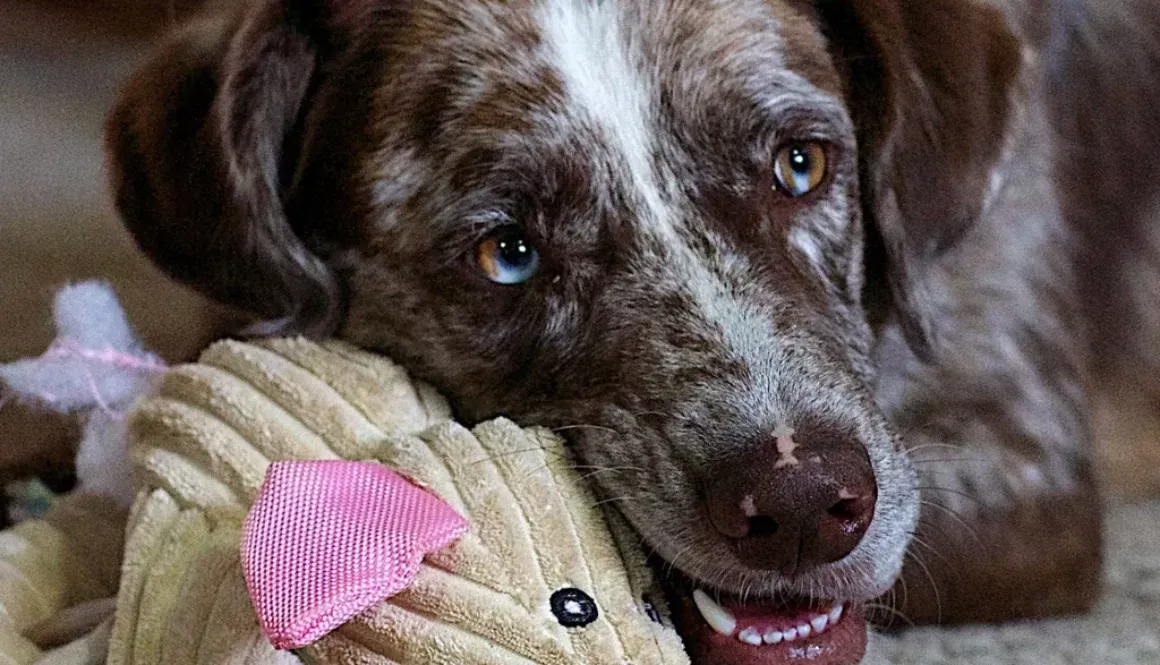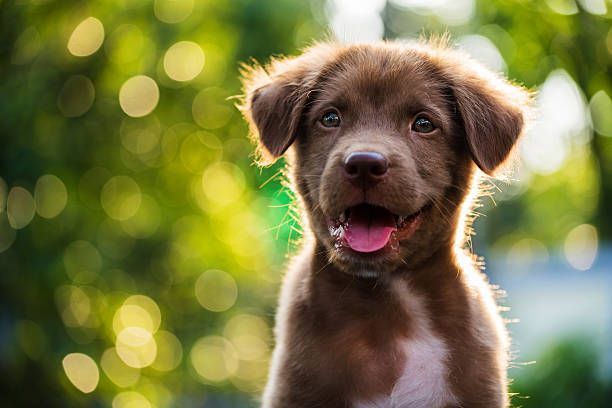Enrichment Activities to Keep Your Dog Mentally Stimulated
Why Mental Stimulation Matters?

Keeping your dog mentally stimulated is just as important as ensuring they get enough physical exercise. A well-stimulated dog is less likely to develop behavioural issues, and enrichment activities can strengthen your bond with your furry friend. In this blog, we’ll explore fun and effective ways to keep your dog’s mind sharp and engaged.
Why Mental Stimulation Matters
Mental stimulation provides dogs with a way to exercise their brain, which helps:
- Reduce Boredom: Bored dogs can become destructive or develop anxiety.
- Prevent Behavioural Problems: Mental enrichment can curb issues like excessive barking, chewing, or digging.
- Improve Overall Well-being: A mentally stimulated dog is a happier and more relaxed companion.
Types of Enrichment Activities
There are countless ways to keep your dog’s brain engaged. Here are some tried-and-tested ideas:
1. Puzzle Toys and Games
- Invest in interactive puzzle toys where your dog has to figure out how to retrieve treats. Options like treat-dispensing balls or puzzle boards are great for keeping them occupied.
- Create DIY puzzles by hiding treats in muffin tins and covering them with tennis balls.
2. Nose Work Games
- Hide treats or toys around the house and encourage your dog to use their nose to find them. Start simple and increase the difficulty as they improve.
- Use a snuffle mat to make sniffing for treats more challenging and fun.
3. Training Sessions
- Teach your dog new tricks or commands. Training exercises like “sit,” “stay,” or “spin” provide mental challenges and build your dog’s confidence.
- Advanced training like agility or scent detection can also be excellent mental workouts.
4. Rotate Toys
- Keep your dog’s toys interesting by rotating them regularly. Introduce “new” toys or bring back old favourites to keep their interest piqued.
5. Food Enrichment
- Use slow feeders or food puzzles during mealtime to make eating more engaging.
- Stuff a Kong toy with peanut butter or other dog-safe fillings and freeze it for a longer-lasting activity.
6. Outdoor Exploration
- Take your dog on sniffing adventures. Allow them to explore new environments and smells at their own pace.
- Try taking different routes on walks to keep their experiences fresh and exciting.
7. Playdates and Social Interaction
- Arrange safe playdates with other dogs to encourage socialisation and play.
- Enroll your dog in group classes or activities like agility courses for added stimulation.
8. DIY Challenges
- Create obstacle courses at home using household items like chairs, boxes, and cushions.
- Use cups to play a simple shell game by hiding a treat under one cup and shuffling them around.
Tips for Success
- Start Simple: Gradually increase the difficulty of enrichment activities to match your dog’s abilities.
- Be Patient: Allow your dog time to figure out puzzles or new challenges. Avoid stepping in too soon.
- Use Positive Reinforcement: Reward your dog with treats, praise, or play for successfully completing tasks.
- Balance Physical and Mental Activities: Incorporate both types of exercises into your dog’s daily routine.
Signs Your Dog Needs More Enrichment
If your dog is bored or under-stimulated, they may show signs such as:
- Excessive barking or whining
- Chewing on furniture or other items
- Digging in the yard
- Restlessness or pacing
If you notice these behaviours, introducing regular enrichment activities can make a big difference.
Final Thoughts
Mental stimulation is essential for a happy and healthy dog. By incorporating these enrichment activities into your dog’s daily routine, you’ll not only help curb unwanted behaviours but also strengthen your bond with your furry friend.
At K9X, we’re here to support you with all aspects of your dog’s well-being, from training to enrichment.










